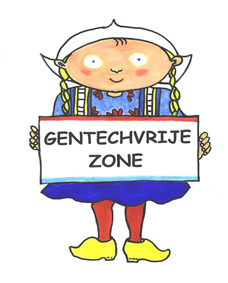De Europese Unie gooit per direct de grenzen dicht voor alle genmaïs uit Amerika. De EU vreest dat het maïs is vermengd met het verboden maïstype BT-10.
De EU-landen hebben dat vrijdag in Brussel bijna unaniem besloten, meldde Europees Commissaris Kyprianou (Volksgezondheid).
Nederland was voor de noodmaatregel.
BT-10 bevat een gen dat een bepaald antibioticum (een ampicillineresistentiegen) uitschakelt.
Bron: Volkskrant, 15-04-2005: EU gooit grens dicht voor Amerikaans genmaïs

